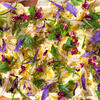
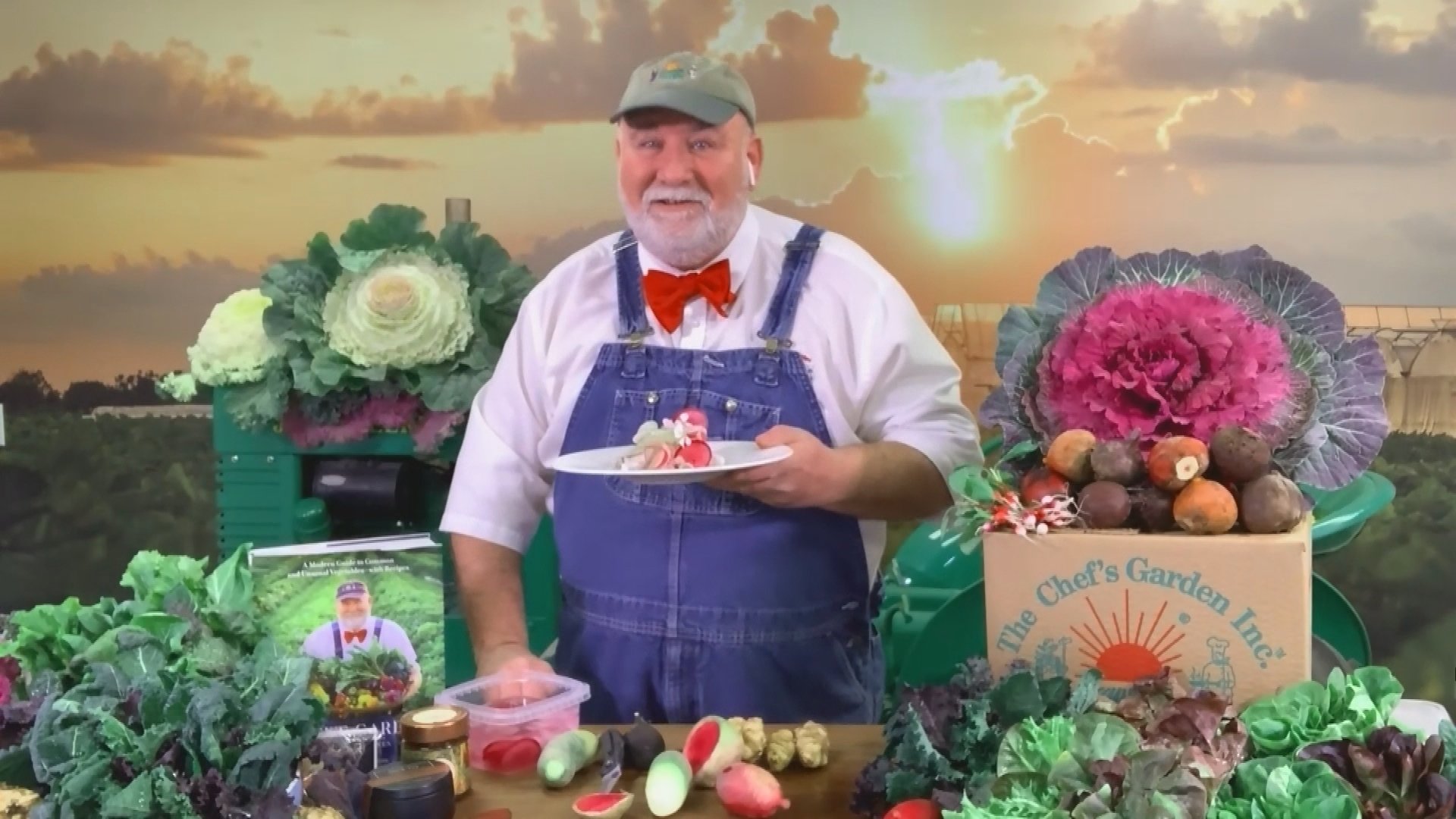
Farmer Lee Jones: Daikon Radishes Should Be a Kitchen Staple + H…

Q&A with Organizational Pro Peter Walsh + Dermatologist Shares A…

Actor Hank Azaria + Freezer Meals + Artichokes 2 Ways with Rach

See Inside Barbara Corcoran's Stunning NY Apartment + It's Steak…
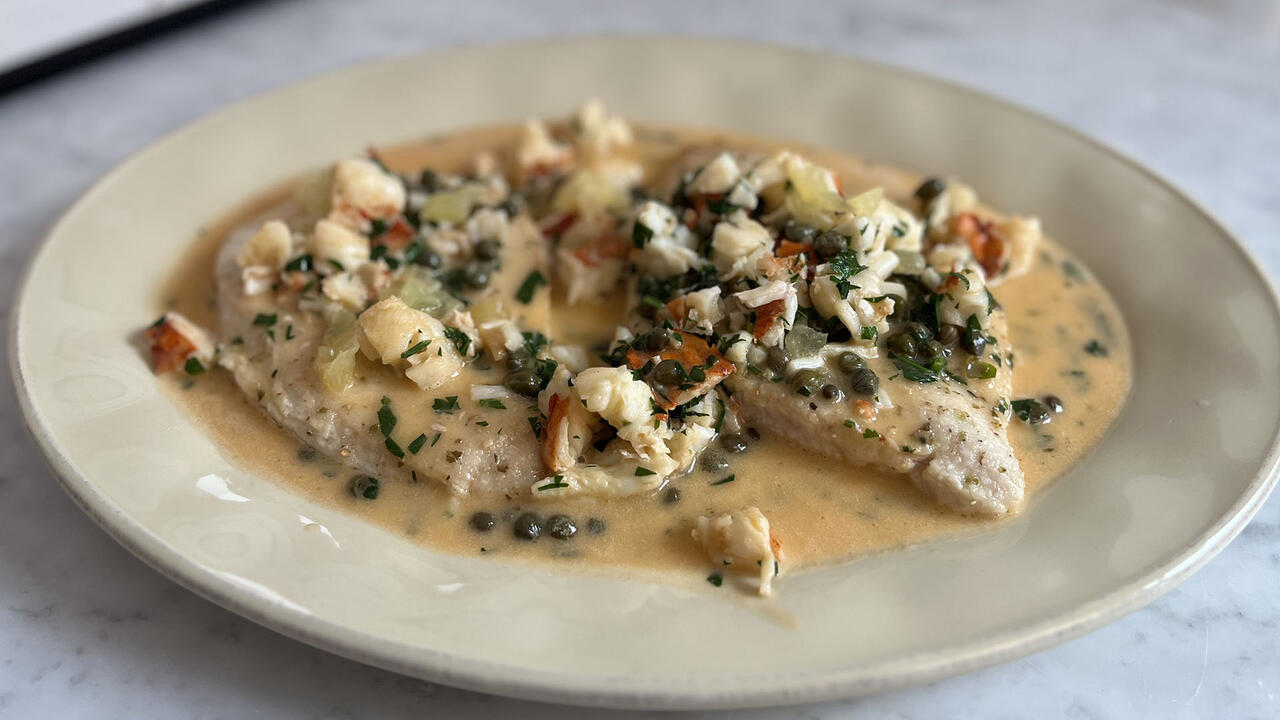
How to Make Chicken and Lobster Piccata | Richard Blais

Donnie Wahlberg Spills Details About NKOTB's First Ever Conventi…

Donnie Wahlberg + Jenny McCarthy Say Rach Is Such a "Joy" + Look…

The Best Moments From 17 Seasons of the Show Will Make You Laugh…

How to Make Crabby Carbonara | Rachael Ray

Rach Chats "Firsts" In Flashback From Our First Episode Ever In …
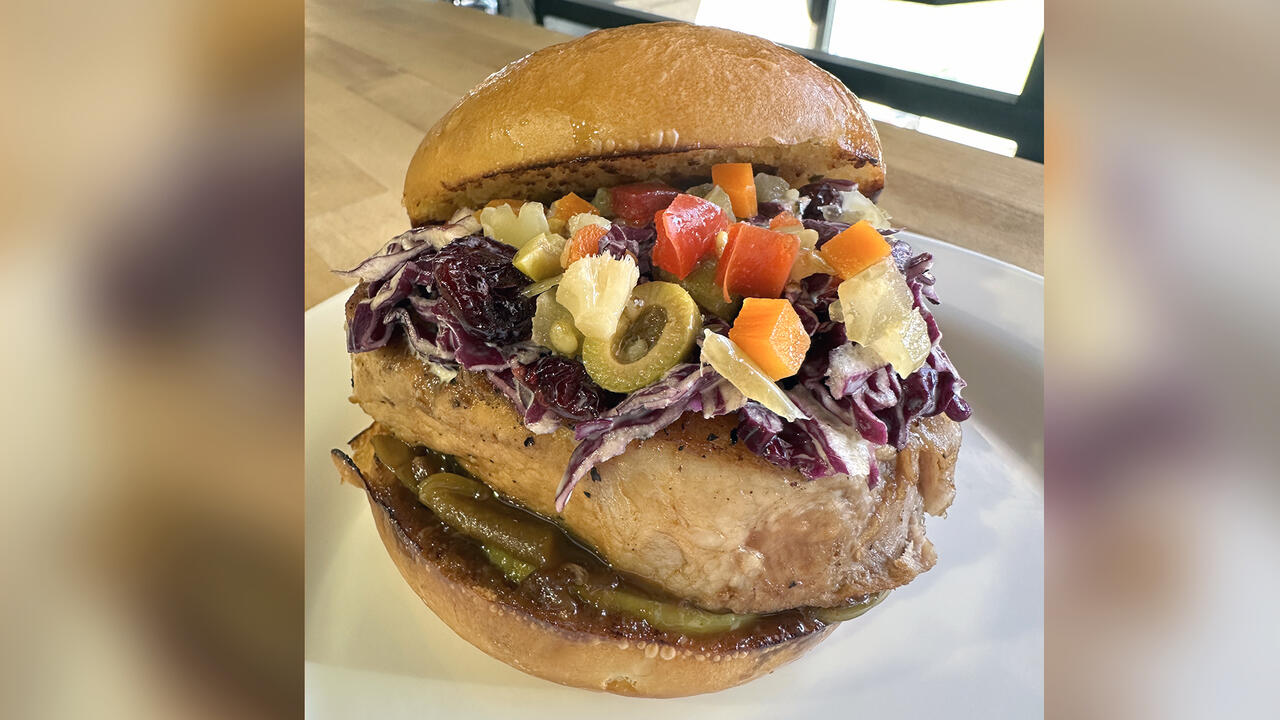
How to Make Apple-Cider Braised Pork Chop Sandwiches with Onion …

Rach's Chef Pals Say Goodbye to Show in Surprise Video Message
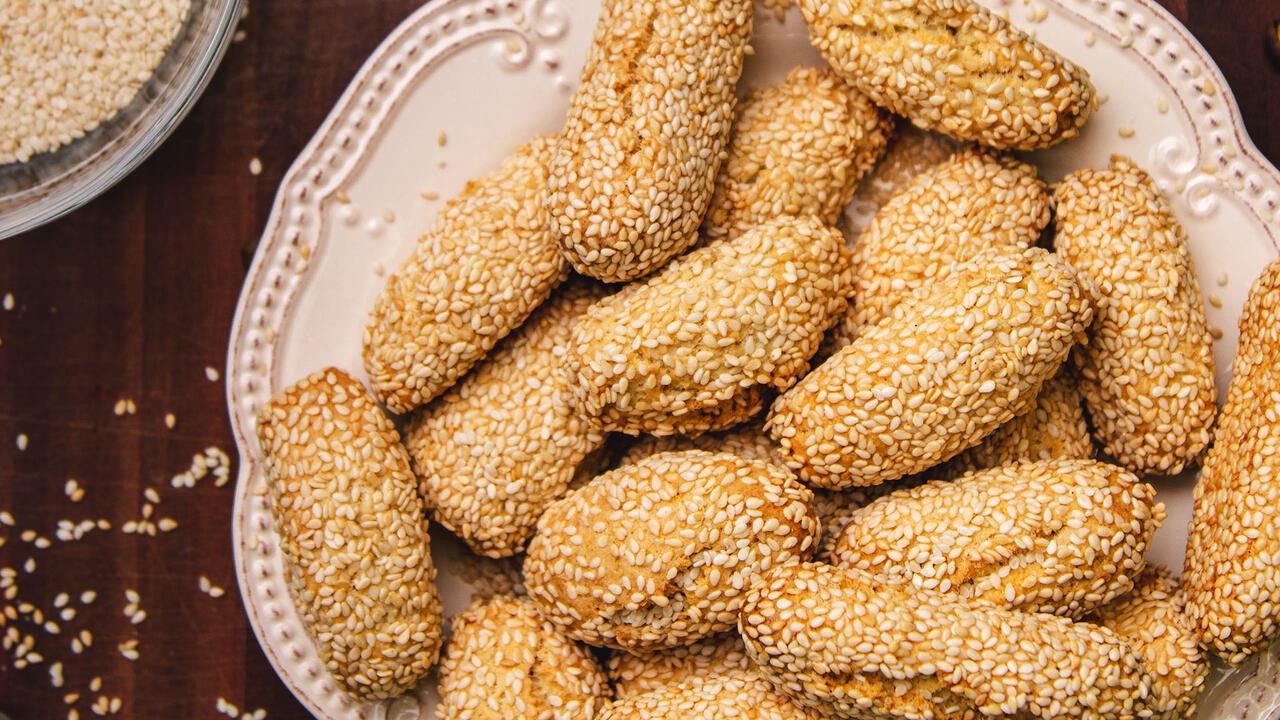
How to Make Sesame Cookies | Buddy Valastro

How to Make Tortilla with Potatoes, Piquillo Peppers and Mancheg…
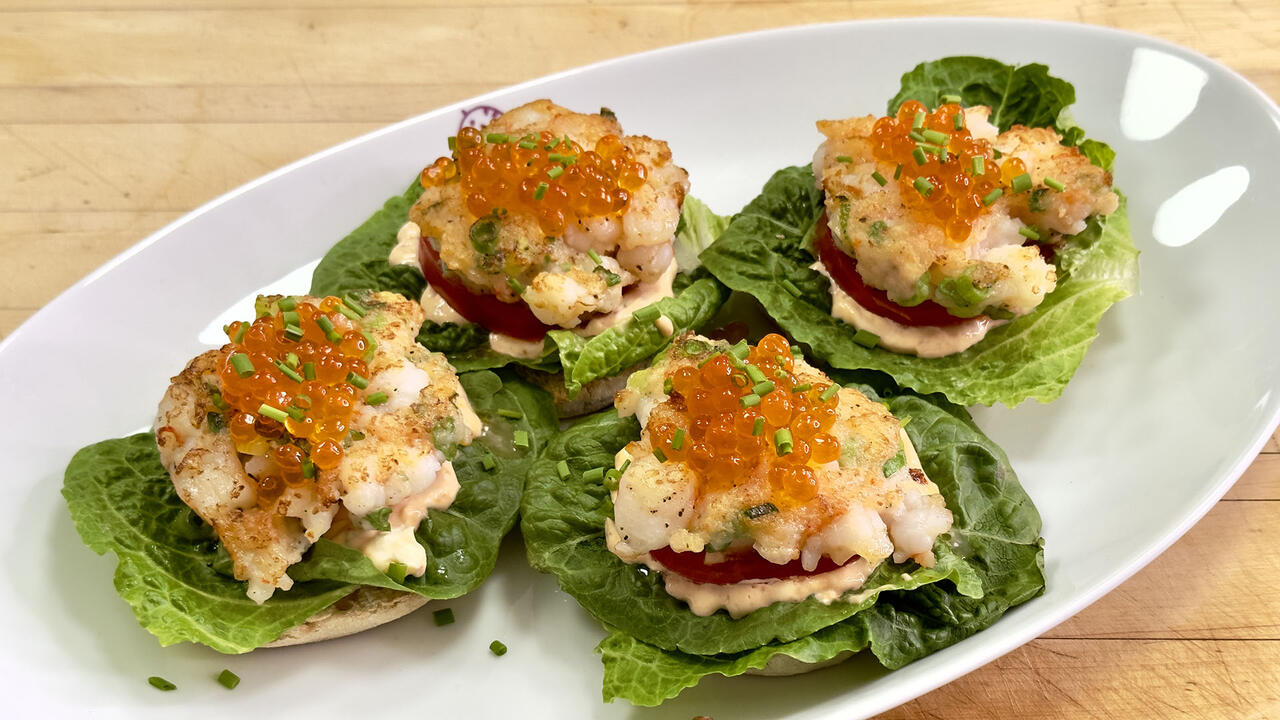
How to Make Shrimp Burgers | Jacques Pepin

How to Make Spanakopipasta | Rachael Ray

Andrew McCarthy Chokes Up Discussing Emotional Trip to Spain wit…

Celebrity Guests Send Farewell Messages After 17 Seasons of the …

Celebrity Guests Send Farewell Messages After 17 Seasons of the …

Andrew McCarthy Teases Upcoming "Brat Pack" Reunion Special

Michelle Obama Toasts Rach's 17 Years on the Air With a Heartfel…
Daikon radishes, also known as Japanese radishes, are a root veggie that shouldn't be overlooked. They are mild and slightly sweet—and they can be eaten either cooked or raw. Farmer Lee Jones, a friend of Rachael's and longtime farmer in Ohio, grows lots of winter vegetables, including Daikon radishes (and other winter radishes, too!), on his farm—and he explains how versatile they are and why they should be a staple in your kitchen this season.
"Winter radishes are so versatile. I think that we kind of fall asleep when we think about the vegetables in our region. Seasonal sensitivity is so critical and I love to be able to use the watermelon radishes and the other winter radishes," explains Farmer Lee. Just because it's not spring or summer doesn't mean you can't take advantage of fresh vegetables; you just have to know how to cook with them—and Farmer Lee Jones has all the tips.
Farmer Lee Jones uses watermelon radishes in his Shaved Radish Salad with Soft-Poached Egg Yolk.
"You can cook these, you can braise them, you can boil them, you can bake them, but my absolute favorite is if you just cut them really thin and then soak them in some water. Then, it's so simple just to cut them, all different varieties—and soak them in a little bit of lemon juice for about an hour—I call it a quick pickle—and a little bit of sea salt on them," says Farmer Lee. Sounds delish! If you're someone who enjoys a little savory, crunchy snack option, this should be your new go-to—almost like a healthier potato chip, according to Rach!
Before using these, wash, trim, and peel them. You can even eat the leaves! Use them the way you would use spinach, chard, or kale. Cooking them removes the fuzzy mouth feel.
What's the difference between radishes and winter radishes?
Farmer Lee Jones also breaks down the difference between winter radishes and radishes planted in other seasons. "The cells are much more compact. It takes three to four months to grow these. We plant them in June and then we won't harvest them until October or November. And they'll last for months," Farmer Lee says.
For short-term storage, store them in the fridge wrapped in a damp cloth in a plastic bag. You can also freeze them, just cut them into smaller pieces and blanch them in boiling water for 2 to 3 minutes.
Winter radishes have a delicate peppery flavor. The flavor and intensity can vary from mildly hot to very pungent and somewhat bitter, depending on the age and size, tasting somewhat like horseradish.
Plus, Farmer Lee makes the point that "any of these vegetables that you can eat raw instead of cooked, you're getting 50 percent more nutritional value."


